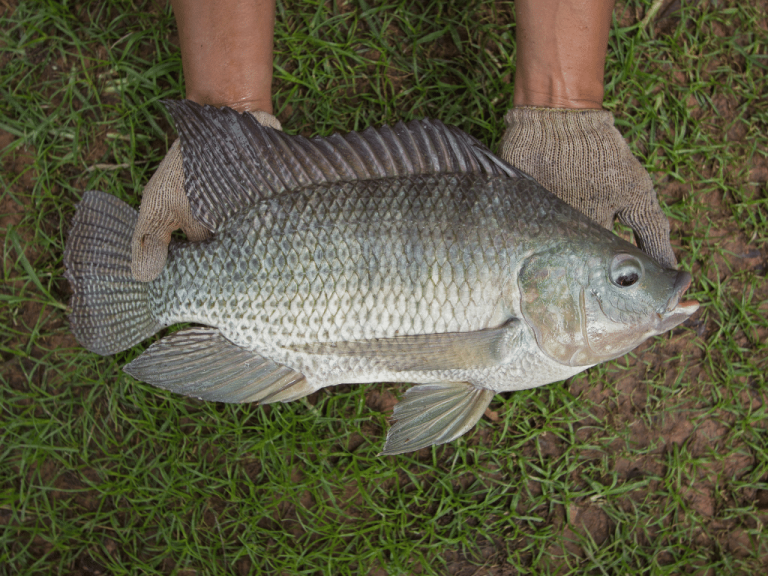All living beings have the instinct to reproduce, which is an important guarantee for the continuation of their species. For example, tigers and lions, which are well-known fierce carnivores that live by eating other animals, are very “loving” towards their own cubs. They nurse and feed them, and when the cubs grow older, they teach them how to hunt. Thus, there is a Chinese proverb that says, “Even a tiger, fierce as it is, will not eat its cubs.” Similar examples can be found in many higher animals.
The reproductive habits of tilapia fish are relatively special among fish and provide good protection for the fry. During the breeding season, tilapia fish press their bodies close to the bottom of the pond and then use their sides to flip over forcefully, gradually digging a bowl-shaped nest. The female lays eggs in the nest, and the male fertilizes them by releasing sperm onto the eggs. After fertilization, the female fish holds the eggs in her mouth to hatch them. At a water temperature of 25°-27°C, the eggs hatch into fry in about 4-5 days. After hatching, the fry live in the female fish’s mouth for about a week. During this period, if the fry encounter any danger, they will hide in the female fish’s mouth and will not be eaten by her. However, after this period, the female fish’s protective duty ends, and she releases the fry from her mouth. At this point, she no longer exhibits her previous “loving” maternal behavior and will eat the fry if she encounters them, including her own.
The instinct to hold the eggs in her mouth to hatch and protect the newly hatched fry allows tilapia fish, which lay only a few dozen to several hundred eggs at a time, to survive well.

